India’s only wildlife taxidermist Dr Santosh Gaikwad talks to Roshni Nair about the joys, rigours and importance of his profession
There are few places in the city where petrichor – the scent of rain on dry earth – is as pervasive as in Borivali’s Sanjay Gandhi National Park (SGNP). But head to the sanctuary’s Wildlife Taxidermy Centre, and chances are you will be bombarded by a plethora of smells ranging from glue, clay, shaved wood, and a hint of polyurethane.
41-year-old Dr Santosh Gaikwad, the driving force behind the centre and a Professor of Anatomy at Bombay Veterinary College in Parel, is India’s only wildlife taxidermist. Clad in green scrubs, he greets me with a sheepish smile and stops just short of offering a handshake. “There’s papier-mâché on my hands,” he says, extending his palms. In the backdrop is a stuffed mule being attended to by two assistants.
“This,” explains Gaikwad, pointing to the life-size model of the mule, “is for the army’s Artillery Centre in Nashik. Mules are an important mode of transport for the army because they carry artillery, spare parts and rations.” Gaikwad has been working on the specimen for one and a half months and will hand it over to the Regiment of Artillery Museum upon completion.
From having to store domestic birds in his deep freezer at home to eventually being given a centre by the Maharashtra Forest Department, it’s been an eventful journey for Dr Gaikwad. The self-taught taxidermist developed a love for the art after visiting the Natural History section at Chhatrapati Shivaji Maharaj Vastu Sangrahalaya. Since taxidermy has a fledgling presence in India, the only people he could learn the ropes from were bird taxidermists. Gaikwad gradually started his own practice by working on poultry and pigeons. “My wife was initially averse to my newfound interest, but she came around,” he smiles.
Taxidermy, which literally means ‘movement of skin’, is mistakenly associated with trophy hunting by many Indians, says Gaikwad, who believes the art has the power to bring dead animals to life – metaphorically, of course. The Wildlife Protection Act of 1972 allows taxidermy only for education purposes, and that’s exactly what Gaikwad stresses on.
“My mission is to preserve the beauty of animals, whether endangered or not, for future generations.” he explains. The critically-endangered Great Indian Bustard, he continues, number just 14 in Maharashtra. Preserving a naturally-deceased bustard and displaying it in a conservation centre can enlighten people about the plight of threatened species and play a crucial role in education and research.
The process of taxidermy should start within 24 hours of an animal’s death because it’s impossible to preserve specimens when decomposition sets in. Gaikwad recounts the time he could only salvage the head of a deceased elephant in Gadchiroli district since its body was decayed by the time he reached the spot. “It took four and a half months just to work on an elephant head,” Gaikwad says as he ushers me into a room cluttered with tables, bags of clay and bird specimens. Two antelope and wildebeest trophies that were seized from Africa line the walls. But the standout in the room by far is the majestic, frighteningly lifelike head of the elephant Gaikwad had spoken about. Not surprisingly, it’s the work he’s most proud of.
Taxidermy is painstaking for a number of reasons, he says. The first and most important precaution to take is against zoonotic diseases like anthrax and rabies. For this reason, taxidermists don shoulder-length gloves and masks while skinning a dead animal. The skeleton is also removed so that an identical prototype can be built based on its structure. Clay moulds are applied and then replaced with fibreglass casts. The last stage in taxidermy involves the use of preserving chemicals and applying the skin or hide prior to mounting the specimen.
“Taxidermy is the combination of four arts: anatomy, sculpture, carpentry, and painting,” says Gaikwad. Given that he’s an anatomist by profession, Gaikwad had to learn sculpting from Mumbai’s famed Ganapati idol makers.
As India’s sole wildlife taxidermist, he is inundated with requests by conservation centres and zoos across the country for help in showcasing specimens to educate the general public. From Himalayan black bears, various fish specimens and gharials to Olive Ridley turtles, peacocks and lions, Gaikwad has stuffed over 300 animals and counting.
His mission to spread the word about the importance of wildlife taxidermy seems to have paid off. In June, the Forest Department conducted a taxidermy training programme for 15 staff members. And although Gaikwad is passionate about his work and has two assistants to help him out, he feels the country is in dire need of more taxidermists.
“I’d like to see taxidermy incorporated in zoology courses across India. It’s not just an art – it’s an invaluable educational resource that celebrates India’s bounty of wildlife. People mustn’t forget that.”
A brief history of modern taxidermia
The Victorian era from 1837-1901 was the golden age of taxidermy. The man responsible for generating great interest in the art, John Hancock (1808-1890) was an English naturalist and ornithologist. Hancock is widely considered to be the father of modern taxidermy. His most famous work, titled ‘Struggle with the Quarry’, depicts a heron holding an eel and in turn, being attacked by a falcon. Hancock’s prototypes, which were modelled in clay and cast in plaster, became famous not just in England, but throughout Europe and across the Atlantic. Queen Victoria, an ardent admirer of taxidermy, also had her own collection of stuffed birds.
![submenu-img]() Meet India's highest paid director, charges 30 times more than his stars; not Hirani, Rohit Shetty, Atlee, Karan Johar
Meet India's highest paid director, charges 30 times more than his stars; not Hirani, Rohit Shetty, Atlee, Karan Johar![submenu-img]() Indian government issues warning for Google users, sensitive information can be leaked if…
Indian government issues warning for Google users, sensitive information can be leaked if…![submenu-img]() Prajwal Revanna Sex Scandal Case: Several women left home amid fear after clips surfaced, claims report
Prajwal Revanna Sex Scandal Case: Several women left home amid fear after clips surfaced, claims report![submenu-img]() Meet man who studied at IIT, IIM, started his own company, now serving 20-year jail term for…
Meet man who studied at IIT, IIM, started his own company, now serving 20-year jail term for…![submenu-img]() Gautam Adani’s project likely to get Rs 170000000000 push from SBI, making India’s largest…
Gautam Adani’s project likely to get Rs 170000000000 push from SBI, making India’s largest…![submenu-img]() DNA Verified: Is CAA an anti-Muslim law? Centre terms news report as 'misleading'
DNA Verified: Is CAA an anti-Muslim law? Centre terms news report as 'misleading'![submenu-img]() DNA Verified: Lok Sabha Elections 2024 to be held on April 19? Know truth behind viral message
DNA Verified: Lok Sabha Elections 2024 to be held on April 19? Know truth behind viral message![submenu-img]() DNA Verified: Modi govt giving students free laptops under 'One Student One Laptop' scheme? Know truth here
DNA Verified: Modi govt giving students free laptops under 'One Student One Laptop' scheme? Know truth here![submenu-img]() DNA Verified: Shah Rukh Khan denies reports of his role in release of India's naval officers from Qatar
DNA Verified: Shah Rukh Khan denies reports of his role in release of India's naval officers from Qatar![submenu-img]() DNA Verified: Is govt providing Rs 1.6 lakh benefit to girls under PM Ladli Laxmi Yojana? Know truth
DNA Verified: Is govt providing Rs 1.6 lakh benefit to girls under PM Ladli Laxmi Yojana? Know truth![submenu-img]() Jr NTR-Lakshmi Pranathi's 13th wedding anniversary: Here's how strangers became soulmates
Jr NTR-Lakshmi Pranathi's 13th wedding anniversary: Here's how strangers became soulmates![submenu-img]() Streaming This Week: Heeramandi, Shaitaan, Manjummel Boys, latest OTT releases to binge-watch
Streaming This Week: Heeramandi, Shaitaan, Manjummel Boys, latest OTT releases to binge-watch![submenu-img]() Remember Ayesha Kapur? Michelle from Black, here's how actress, nutrition coach, entrepreneur looks after 19 years
Remember Ayesha Kapur? Michelle from Black, here's how actress, nutrition coach, entrepreneur looks after 19 years![submenu-img]() Remember Heyy Babyy's cute 'Angel' Juanna Sanghvi? 20 year-old looks unrecognisable now, fans say 'her comeback will...'
Remember Heyy Babyy's cute 'Angel' Juanna Sanghvi? 20 year-old looks unrecognisable now, fans say 'her comeback will...'![submenu-img]() In pics: Arti Singh stuns in red lehenga as she ties the knot with beau Dipak Chauhan in dreamy wedding
In pics: Arti Singh stuns in red lehenga as she ties the knot with beau Dipak Chauhan in dreamy wedding![submenu-img]() DNA Explainer: Why Harvey Weinstein's rape conviction was overturned, will beleaguered Hollywood mogul get out of jail?
DNA Explainer: Why Harvey Weinstein's rape conviction was overturned, will beleaguered Hollywood mogul get out of jail?![submenu-img]() What is inheritance tax?
What is inheritance tax?![submenu-img]() DNA Explainer: What is cloud seeding which is blamed for wreaking havoc in Dubai?
DNA Explainer: What is cloud seeding which is blamed for wreaking havoc in Dubai?![submenu-img]() DNA Explainer: What is Israel's Arrow-3 defence system used to intercept Iran's missile attack?
DNA Explainer: What is Israel's Arrow-3 defence system used to intercept Iran's missile attack?![submenu-img]() DNA Explainer: How Iranian projectiles failed to breach iron-clad Israeli air defence
DNA Explainer: How Iranian projectiles failed to breach iron-clad Israeli air defence![submenu-img]() Meet India's highest paid director, charges 30 times more than his stars; not Hirani, Rohit Shetty, Atlee, Karan Johar
Meet India's highest paid director, charges 30 times more than his stars; not Hirani, Rohit Shetty, Atlee, Karan Johar![submenu-img]() This superstar worked as clerk, was banned from wearing black, received death threats; later became India's most...
This superstar worked as clerk, was banned from wearing black, received death threats; later became India's most...![submenu-img]() Karan Johar slams comic for mocking him, bashes reality show for 'disrespecting' him: 'When your own industry...'
Karan Johar slams comic for mocking him, bashes reality show for 'disrespecting' him: 'When your own industry...'![submenu-img]() Kapoor family's forgotten hero, highest paid actor, gave more hits than Raj Kapoor, Ranbir, never called star because...
Kapoor family's forgotten hero, highest paid actor, gave more hits than Raj Kapoor, Ranbir, never called star because...![submenu-img]() Meet actress who lost stardom after getting pregnant at 15, husband cheated on her, she sold candles for living, now...
Meet actress who lost stardom after getting pregnant at 15, husband cheated on her, she sold candles for living, now...![submenu-img]() IPL 2024: Kolkata Knight Riders take top spot after 98 runs win over Lucknow Super Giants
IPL 2024: Kolkata Knight Riders take top spot after 98 runs win over Lucknow Super Giants![submenu-img]() ICC Women’s T20 World Cup 2024 schedule announced; India to face Pakistan on....
ICC Women’s T20 World Cup 2024 schedule announced; India to face Pakistan on....![submenu-img]() IPL 2024: Bowlers dominate as CSK beat PBKS by 28 runs
IPL 2024: Bowlers dominate as CSK beat PBKS by 28 runs![submenu-img]() IPL 2024: Big blow to CSK as star pacer returns home due to...
IPL 2024: Big blow to CSK as star pacer returns home due to...![submenu-img]() SRH vs MI IPL 2024: Predicted playing XI, live streaming details, weather and pitch report
SRH vs MI IPL 2024: Predicted playing XI, live streaming details, weather and pitch report![submenu-img]() Job applicant offers to pay Rs 40000 to Bengaluru startup founder, here's what happened next
Job applicant offers to pay Rs 40000 to Bengaluru startup founder, here's what happened next![submenu-img]() Viral video: Family fearlessly conducts puja with live black cobra, internet reacts
Viral video: Family fearlessly conducts puja with live black cobra, internet reacts![submenu-img]() Woman demands Rs 50 lakh after receiving chicken instead of paneer
Woman demands Rs 50 lakh after receiving chicken instead of paneer![submenu-img]() Who is Manahel al-Otaibi, Saudi women's rights activist jailed for 11 years over clothing choices?
Who is Manahel al-Otaibi, Saudi women's rights activist jailed for 11 years over clothing choices?![submenu-img]() In candid rapid fire, Rahul Gandhi reveals why white T-shirts are his signature attire, watch
In candid rapid fire, Rahul Gandhi reveals why white T-shirts are his signature attire, watch


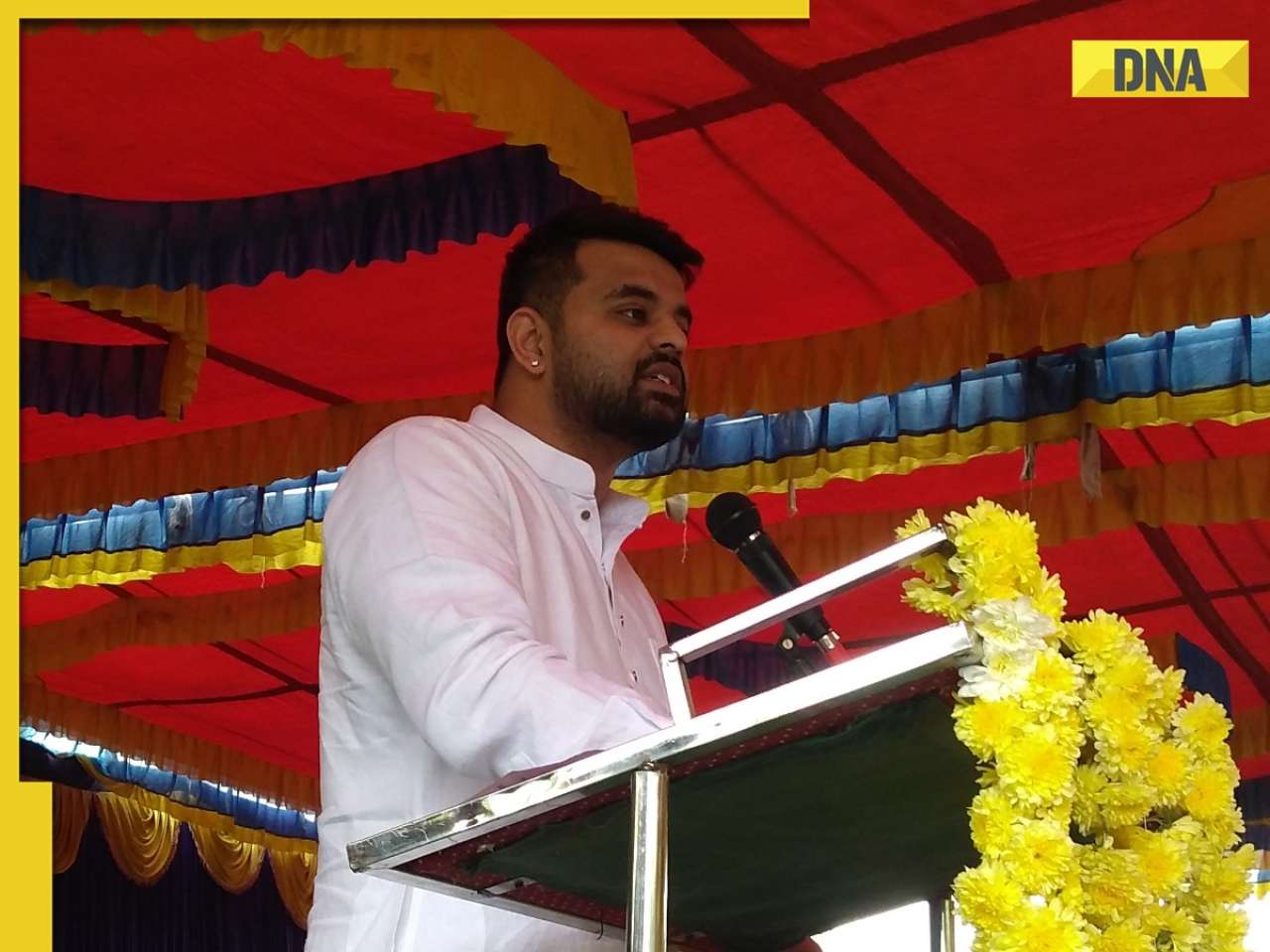























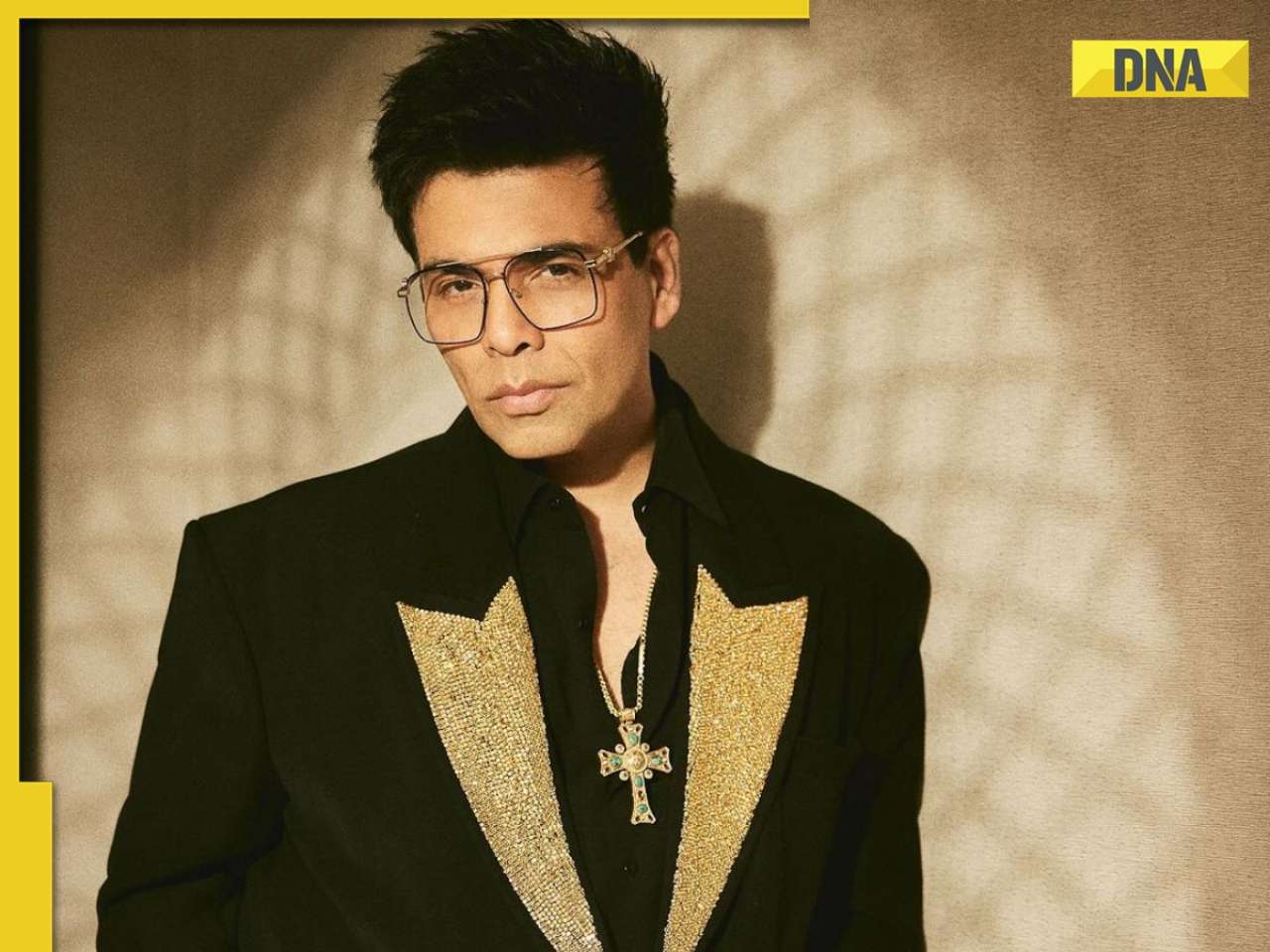













)






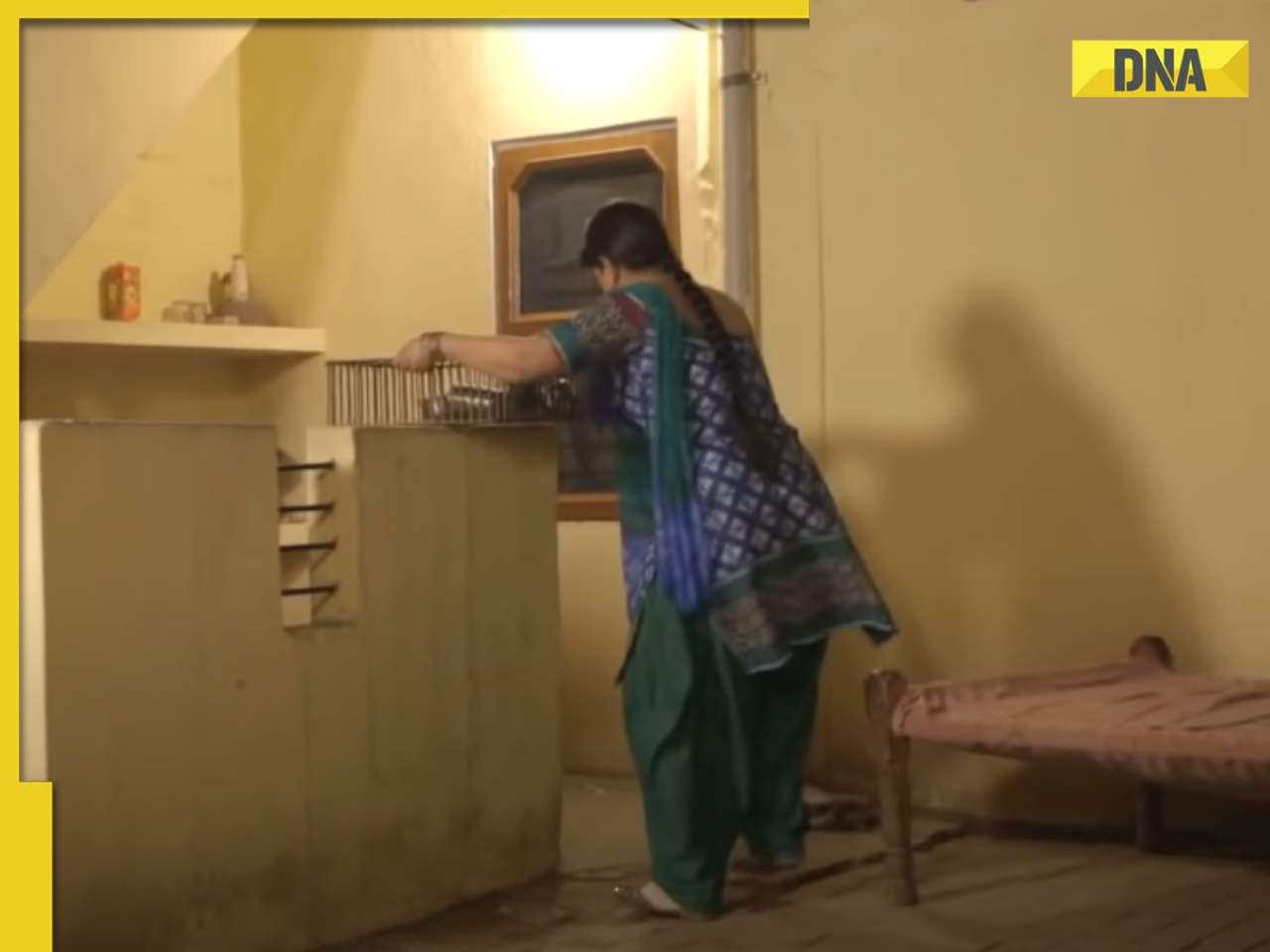
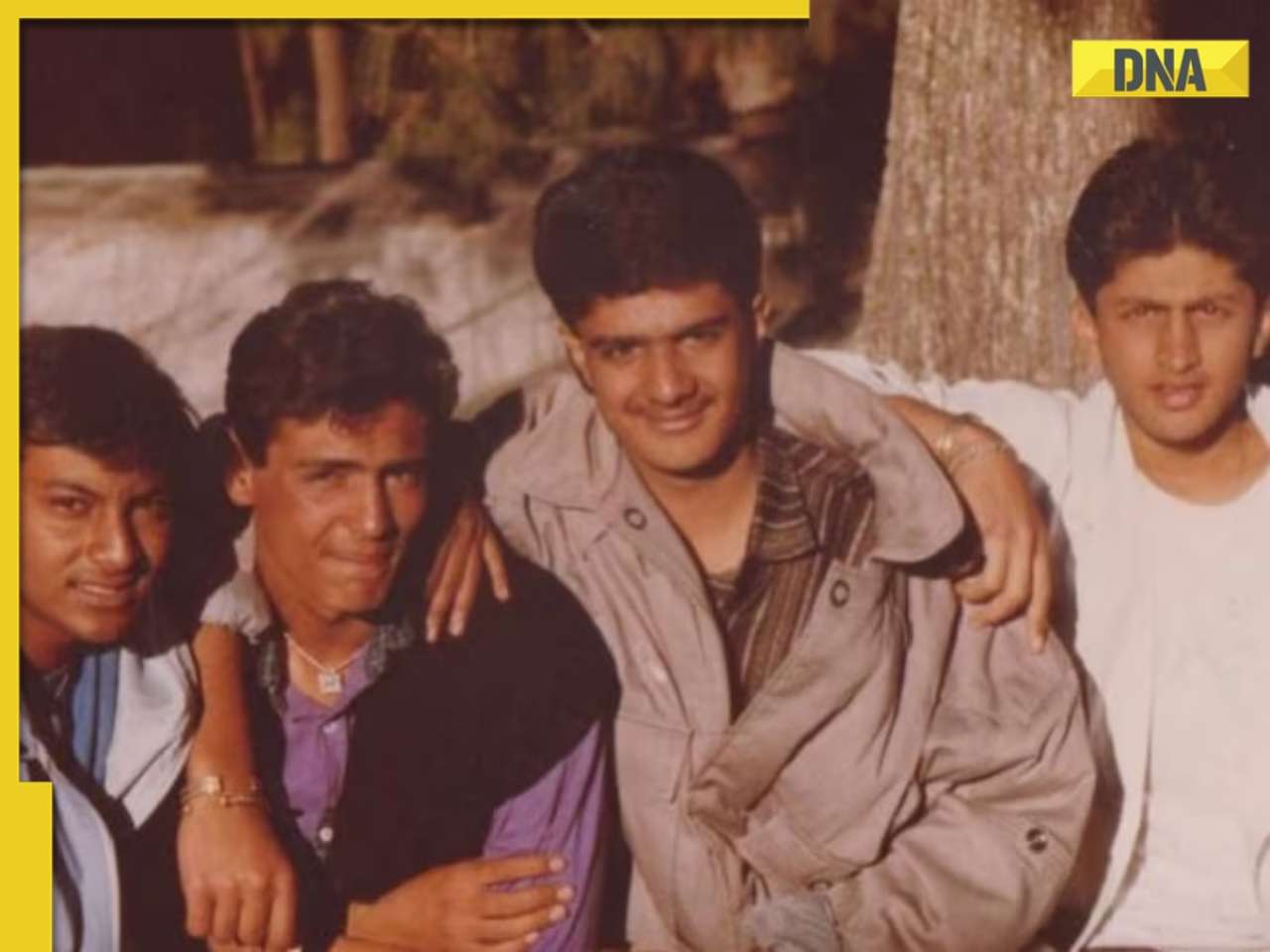

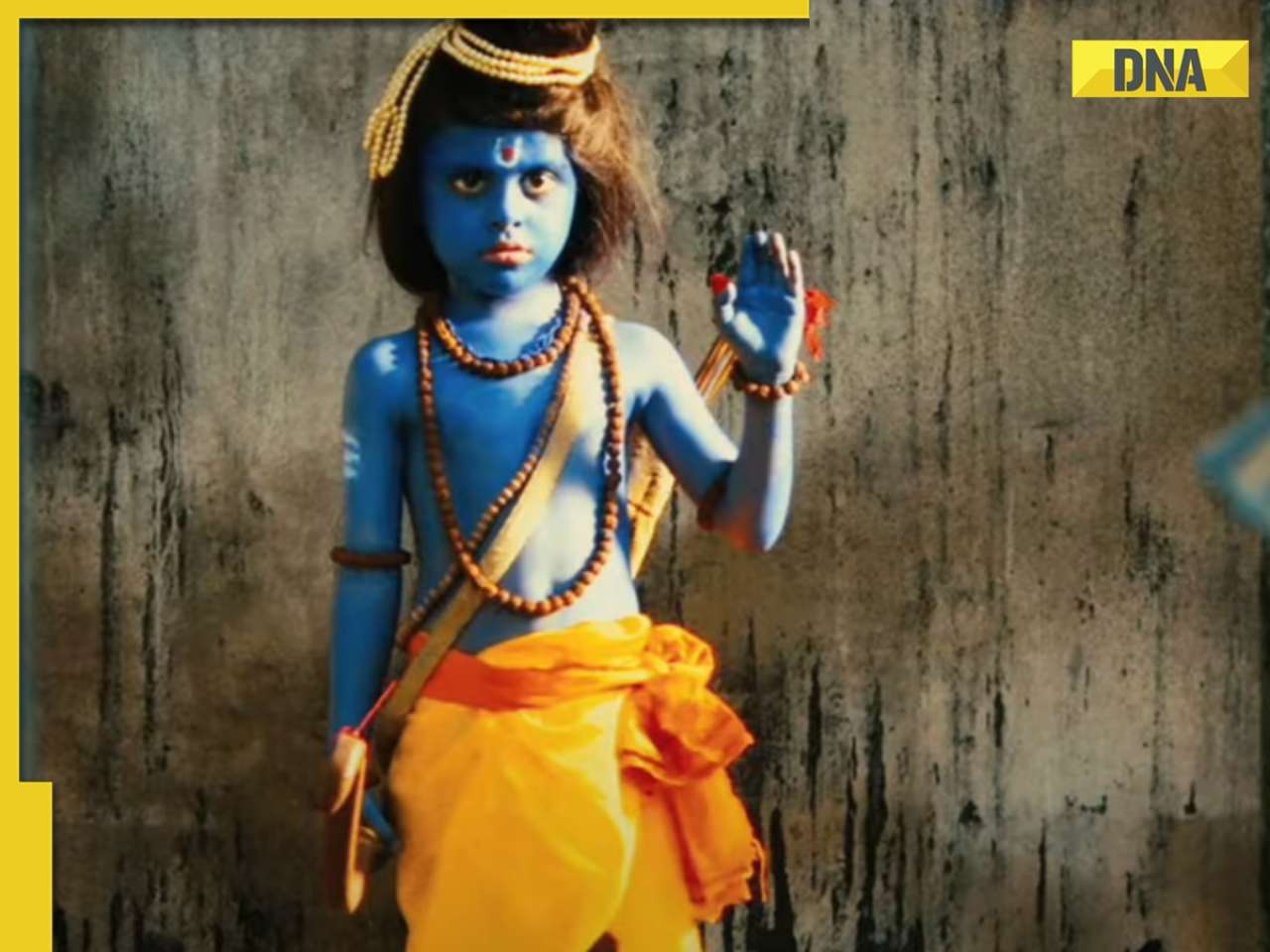


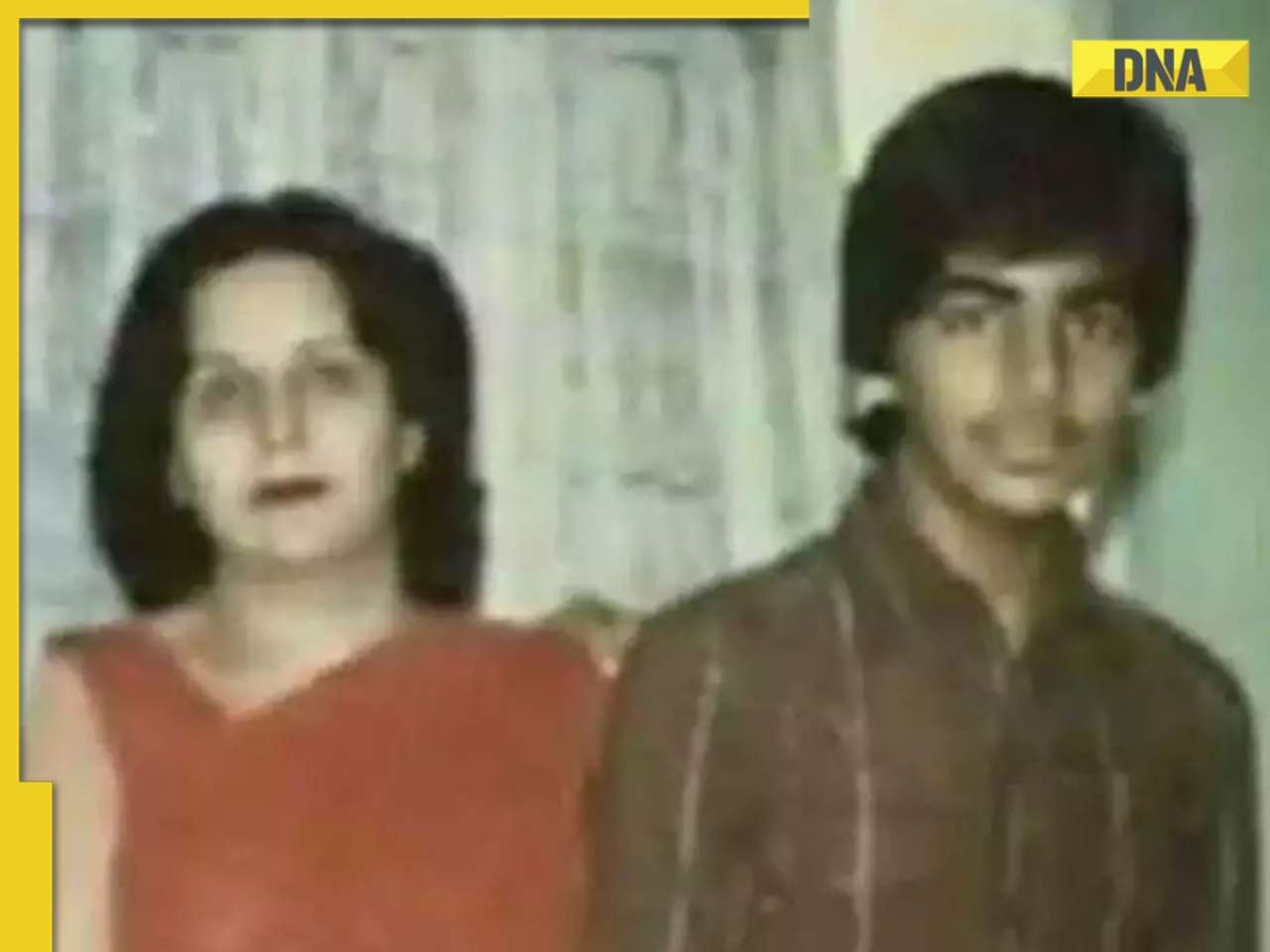




)
)
)
)
)
)